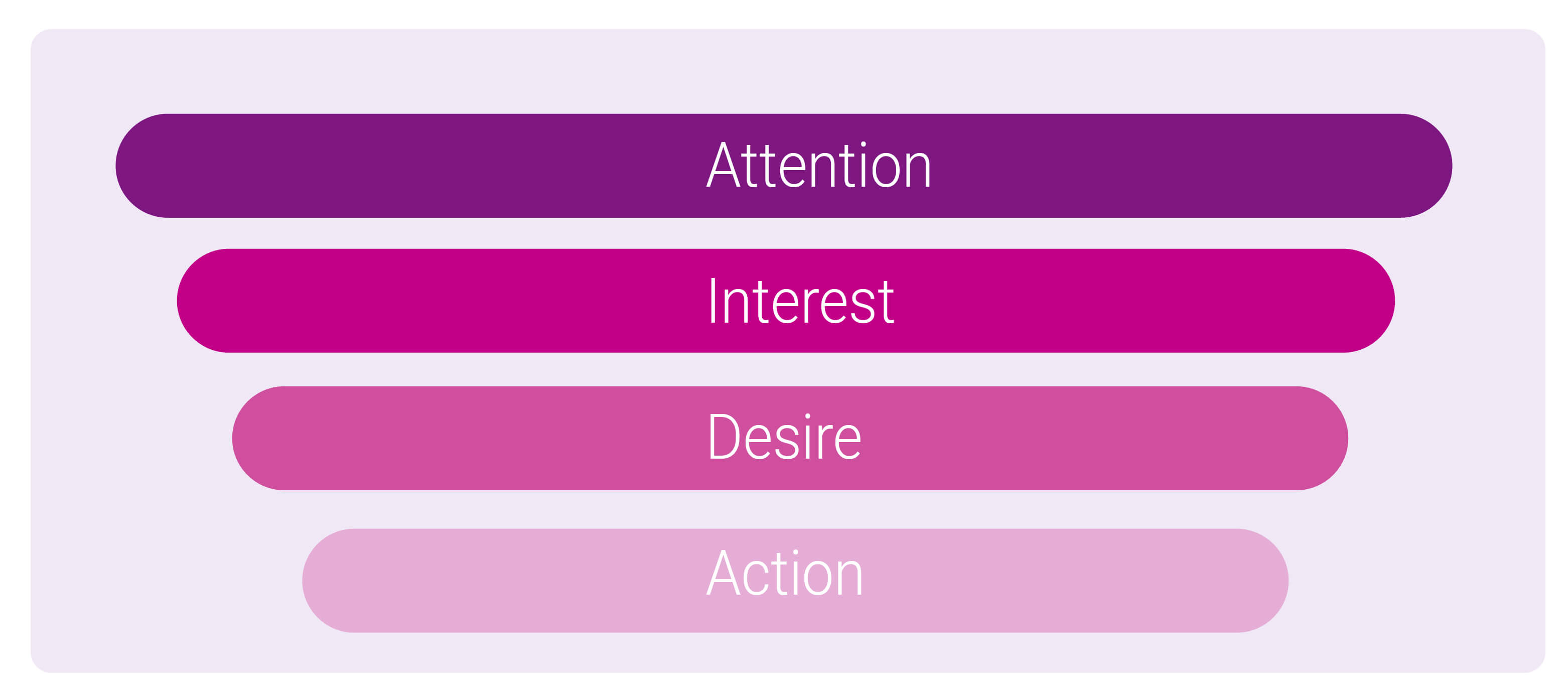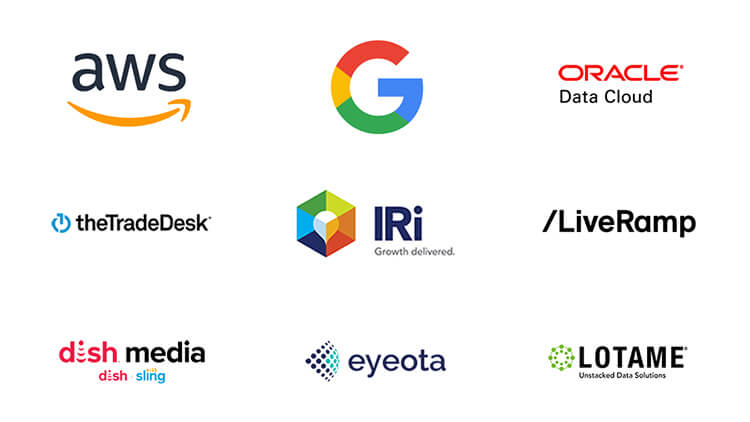5 types of behavioral segmentation
Learn about types of behavioral segmentation and the importance to use in your marketing strategies
Marketing segmentation plays an important role in helping you connect meaningfully with your customers. While you need traditional geographical and demographic approaches to consumer segmentation to understand who and where your customers are, you can’t rely on these forms of segmentation alone; knowing a person’s gender, age, and state of residence won’t tell you what they do, how they spend their money, or how they interact with your business. Cue behavioral segmentation: the practice of dividing customers into groups based on behavioral data so you can target behaviors that increase the likelihood of your desired outcome. Continue reading to learn more about the types of behavioral segmentation in marketing and how you can use it to make the most of your consumer interactions — we’ll show you the way.
Behavioral segmentation is when you sort through customers based on demonstrated behaviors and group them by:
With this information, you can observe a particular customer’s actions and tailor the messaging of your marketing campaigns accordingly.
Not only does behavioristic segmentation allow you to personalize customer interactions and optimize the buyer journey, but it also lets you know which groups of customers are the biggest spenders. Knowing where certain segments spend their money can help you budget and target more effectively.
Additionally, you can use behavioral targeting to look at each group’s patterns, discover trends, and plan more informed marketing moves for the future to retain customers and expand your base. You’ll also be able to make product and service improvements that help segments find what they’re looking for.
There are several different types of behavioristic segmentation used in marketing — some more common than others. We’ve identified some of the most common types of behavioral segmentation examples that can help you improve conversion, engagement, and retention with your consumers.

Purchase-based segmentation looks at how people decide to buy, including the patterns associated with their purchase decision. While people with tighter budgets may be more receptive to “best price” promotions and messaging, for example, those who are prone to “fear of missing out” will be more responsive to “going fast” messaging that encourages them to get a product while they still can. Other customer types may do extensive research online to ensure they make the best buying decision with your brand.
All kinds of people above could fall into the same demographic category, but you may end up wasting money by targeting them with the same messaging. Using purchasing behavior, you can break people into even more precise categories and better understand things like:

When you know the answers to these questions for different purchasing segments, you’ll be better able to meet consumer needs. This type of behavior market segmentation will give you deeper insights into your customers’ status in the buyer journey, the problems they’re facing, the incentives and promotions they respond to, and so forth. It’s also beneficial in helping you remove barriers to sales and reduce the purchase time.
With Consumer View, you can discover how your customers make buying decisions and understand what messages they connect with.
Within Consumer View, our content and contact engagement tool identifies consumers’ responses to motivational messages, their preferred channels for engagement, and their preferred transaction channels. This data can illuminate the types of messages that best resonate with your audience to help you speak to your customers on a more personal level so you can maximize their interest in your products and services.
Key Benefits
We can help you understand your customers’ buying styles so that you can personalize your content and media mix to mirror their preferences.
Time- and occasion-based purchasing segmentation groups people together based on times or special events that make them likely to interact with your brand or purchase your products or services, such as Black Friday, Labor Day, Christmas, morning, happy hour, back-to-school, and so forth. Categories for occasion- and time-based purchasing include:

To group customers this way, you’ll need to establish a baseline pattern of customer purchasing behavior so that you can refine the targeting process. For example, say your business has consumers who engage in your Black Friday promotions every year, but beyond that, they don’t purchase from you. This yields valuable information you can use to customize their marketing in the weeks leading up to the next Black Friday!
Usage-based segmentation considers how customers use your services or products — including how often, how long, which features they use, and so on. This segmentation type can help you discover what leads your consumers to use your product or service regularly or irregularly. Users can be segmented into one of three categories for more precise marketing:

Knowing which category your customers fall in can help you test and improve your campaigns to win over more heavy users rather than light users.
People buy things because they are looking to improve their lives and benefit from a product or service. As people research your brand, their online actions can give you important information about the benefits they value most. Benefits-sought segmentation groups audiences based on what exactly they are looking to get out of their purchase.
Two potential customers can look the same from a demographic standpoint but have distinct goals around the benefits that are most important to them. For example, when people buy dishes, are they looking to entertain and impress house guests? Or do they need durability for when their small children eat off of them? When they buy dog food, are they trying to help their dog lose weight or cater to a sensitive stomach? If multiple customers are all after one product for different reasons, you need to know what those reasons are for each segment to avoid wasting your marketing dollars.

Benefits-sought segmentation can also help you gain greater insight into the driving forces behind the purchase of your products and services and help you see what features people are the most drawn to. You can gain these insights by asking questions like:
Segmenting customers according to their progression along the buyer journey can help you improve customer experiences and communications, thereby increasing conversions at each step. However, the customer journey is nonlinear since modern consumers engage with content across channels at different times. That’s why you can’t rely on a single interaction to find out where a customer is in the journey; you have to use a wealth of behavioral data across touchpoints.
The customer journey is made up of four main steps:

And later, adoption and advocacy. First, your customer becomes aware of your brand through exposure to your marketing. Then, you develop their interest by continuously piquing their curiosity through engaging and personalized marketing. Next, the customer starts developing a desire for your product or service after your marketing has helped them see what their life could be like if they had it. Finally, they become ready to purchase — but this isn’t the end.
After you’ve converted a customer, you nurture them by enticing them to make repeat purchases and turn them into loyal customers who advocate on your behalf.
By segmenting customers according to their stage of the buyer journey, you’ll have a clearer vision of where customers are falling off and how you can improve that stage. For example, perhaps you need a better user experience on your website, stronger unique selling points, more comprehensive FAQs, or better product images.
Loyalty segmentation is a way of grouping people based on their devotion to your brand through repeat purchases, reward programs, or overall engagement with your advertising. It can help you identify your repeat customers, their buying patterns, needs, and so forth. Restaurants, coffee shops, hotels, and airlines are great examples of loyalty segmentation, as they reward their customers with free nights, miles, meals, and drinks for regularly spending money with the business.
But loyalty-based segmentation goes beyond repeat business. Loyal customers can also help you grow your business by making it easier to obtain referrals and positive customer reviews. If this is your goal, ask yourself the following types of questions:

Loyalty is arguably one of the most important segments because your loyal customers are responsible for bringing in the most revenue — and it’s always more affordable to retain a customer than to bring a new one down the funnel.
Behavioral segmentation is key in getting to know how your customers behave online and understanding how to better engage with them. The more you know your audiences, the more personally you can connect with them, and the better the odds are that you can convert them into loyal, lifelong customers. Our data-driven marketing professionals are here to help you achieve these goals, so connect with us today to get started with behavioral segmentation.
We can help you create marketing strategies catered to the specific preferences and behaviors of your current and prospective customers. We specialize in helping brands discover data-driven insights to make an everlasting impact on consumers.
Our data and identity products and services can help you learn more about customers and target audiences, leverage data resources, improve targeted marketing, create personalized campaigns, and optimize marketing strategies.
With us, you’ll understand your consumers better, make more effective data-informed decisions, and increase your customer base for bigger revenue.

This site is protected by reCAPTCHA and the Google Privacy Policy and Terms of Service apply.